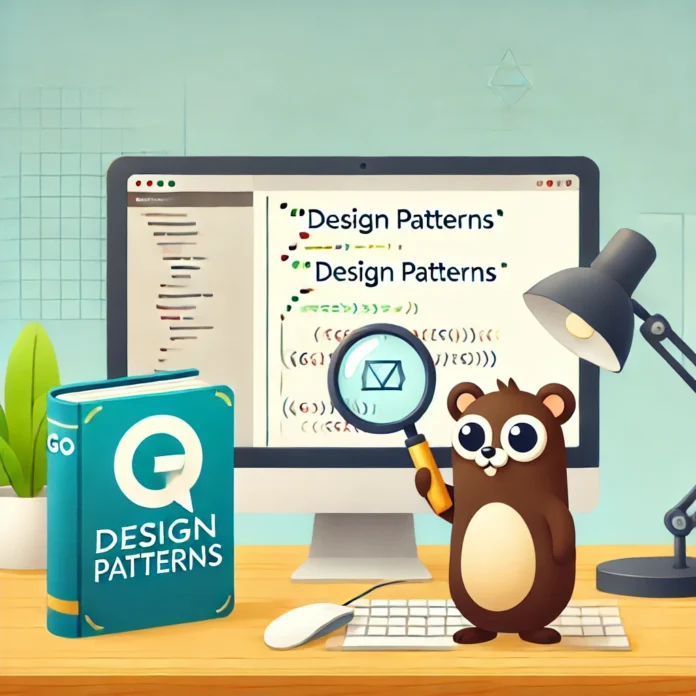Understanding Design Patterns
Design patterns offer time-tested solutions to recurring problems in software development. These templates guide developers in creating software that is easier to maintain and scale. Instead of reinventing the wheel, developers can apply these standardized approaches to common design issues.
READ: Best Practices for Applying Design Patterns in Go
Why Choose Go?
Go, developed by Google, is celebrated for its simplicity and performance. Its built-in support for concurrency makes it ideal for modern software needs, and its straightforward syntax allows developers to implement complex patterns easily.
The Role of Design Patterns
Design patterns are crucial for several reasons:
- Reusability: They provide generic solutions that can be reused across different projects.
- Clarity: Patterns improve code readability, making it easier for teams to understand and collaborate.
- Efficiency: By following best practices encapsulated in design patterns, developers can write more efficient and less error-prone code.
Categories of Design Patterns
Design patterns are generally categorized into three groups:
- Creational Patterns: Deal with object creation mechanisms, like Singleton and Factory, to optimize object creation.
- Structural Patterns: Focus on composing objects and classes into larger structures, such as Adapter and Composite.
- Behavioral Patterns: Address object interaction and responsibility, including patterns like Observer and Strategy.
Applying Design Patterns in Go
Go’s features, such as goroutines and channels, bring a unique perspective to implementing design patterns. While the core principles remain the same, Go’s idiomatic practices can simplify and enhance these implementations.
What’s Next?
In our next post, we’ll explore the Singleton Pattern in detail, discussing its purpose, benefits, and how to implement it effectively in Go. Stay tuned for practical examples and in-depth explanations!
Conclusion
Mastering design patterns is essential for any developer looking to write efficient and maintainable code. Go’s simplicity and performance make it a perfect language to demonstrate these patterns. Join us on this journey to explore the best practices in Go.
Feel free to ask questions or provide feedback in the comments below. Let’s learn and grow together!


